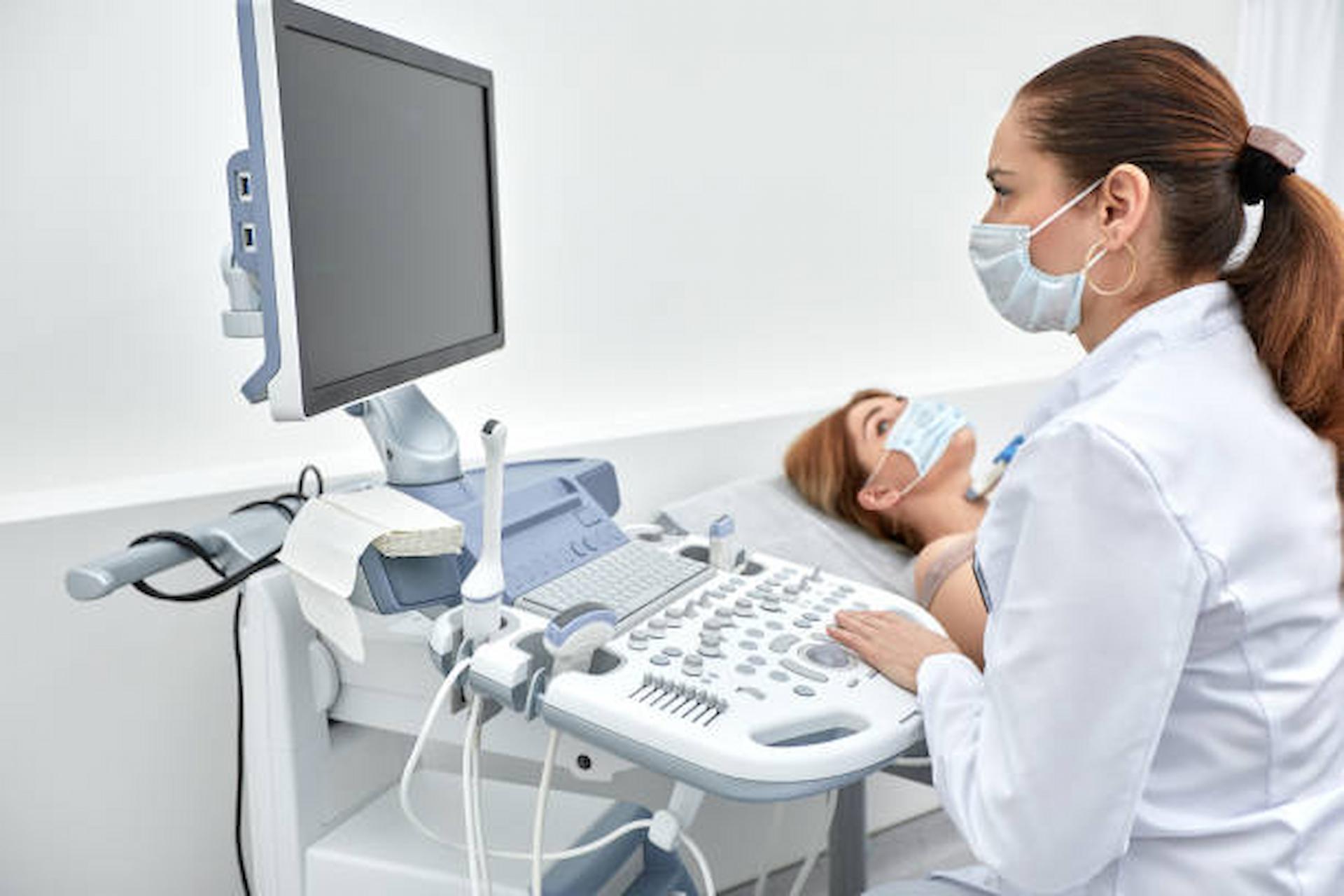If you’re looking for a comprehensive guide to private heart scans, look no further. Here, we’ll explain what’s involved in getting a private heart scan and how much it costs. We’ll also help you find the best doctor for your needs and answer any questions about whether or not such a test is right for you.
What Is A Heart MRI?
A heart MRI is a test that uses a magnetic field and radio waves to create detailed images of the inside of your body. It’s painless, safe for pregnant women, and not a test for cancer.
The most common type of MRI machine works much like any other TV remote control: You place an object inside one end (the scanner), then tell it which channel you want by pressing buttons on its surface until you find “channel 1” or whatever else might be playing on another device nearby (your phone).
Why Should I Get An MRI Of My Heart?
One of the best ways to prevent a heart attack is to know what’s going on inside your body. If you have an abnormal heartbeat, it could be a sign that something is wrong with your heart. An MRI of your heart can help diagnose any problems and find the best treatment option for you.
MRI stands for magnetic resonance imaging, which uses strong magnetic fields and radio waves to produce detailed images of organs and tissues within the body. It also gives doctors information about how well the organ functions by measuring how much-oxygenated blood flows through each vessel in different parts of your body at different times throughout the day or night (this is called perfusion).
Do I Need To Go To The Doctor’s Office Or Hospital First?
If you have a heart condition, you might be referred to a specialist. If your symptoms are more serious than just chest pain or shortness of breath, consider going to the hospital immediately for further evaluation and treatment.
If you are having trouble breathing or have chest pain, do not wait until another day to see your doctor, as it may be too late by then!
When Should I Schedule My Private Heart Scan?
Before you schedule your private heart scan, it’s important to understand what happens during a traditional cardiac catheterization. During this procedure, doctors insert a thin tube through an incision in the groin and into one of the coronary arteries (the large blood vessels that supply oxygen-rich blood to your heart). The catheter is then advanced through the artery until it reaches its destination: either the atria (the upper chambers) or the ventricles (the lower chambers).
Conclusion
We hope that this guide has given you more insight into the world of heart scans and what to expect when it’s time for your own private MRI. If you’re still unsure about whether or not an MRI is right for you, talk with your doctor about all of your options—we’re happy to help!

Leave a Reply
You must be logged in to post a comment.